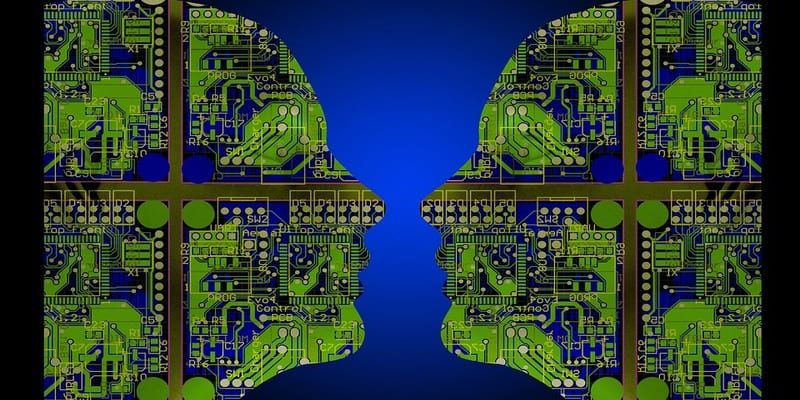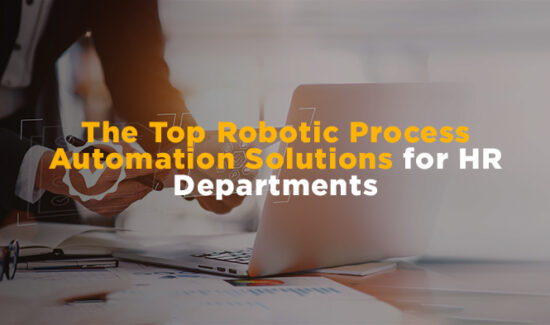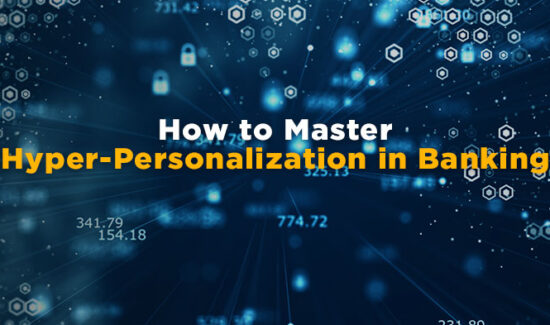Artificial Intelligence Umbrella Glossary: Machine Learning, AI, RPA & More


Artificial Intelligence (AI) is a fast-growing technology topic of 2018, however, some confusion about it still looms about caused by loose use of AI terminology. The issue here is that AI comes in a variety of forms, each one with its own distinct range of capabilities, techniques and stage of development. The terms we most frequently hear about are under the Artificial General Intelligence (AGI) umbrella, the kind of AI that very well may automate all business processes someday.
In an attempt to frame the language and AI terminology we use now, we’ve provided the definitions of some of the most common AI terms below.
Artificial Intelligence (AI): Generally speaking, AI is an area of computer science that emphasizes the creation of intelligent machines that work and react like humans.
Pegasystems, a leading developer of operations and business process management software, defines AI as a broad term that covers many subfields of computer science that aim at building machines that can do things that require intelligence when done by humans. These subfields include: machine learning, deep learning, computer vision, natural language and speech processing, cognitive computing and Robotic Process Automation (RPA).
Machine Learning: Machine learning is the ability of computer systems to improve performance by exposure to data without the need to follow specific programmed instructions. In other words, machine learning is the process of automatically spotting patterns in massive amounts of data that can then be used to make predictions and better, more informed decision-making.
Deep Learning: Deep learning is a relatively new and powerful technique that involves a family of algorithms that process information in deep neural networks where the output from one layer becomes the input for the next one, according to Doug Black, managing editor of Enterprise Tech.
“Deep learning algorithms have proved hugely successful in, for example, detecting cancerous cells or forecasting disease but with one huge caveat: there’s no way to identify which factors the deep learning program uses to reach its conclusion,” Black adds.
Computer Vision: This is the ability that computers have to identify objects, scenes and activities in photos by using techniques of analyzing images into manageable pieces, detecting the edges and textures of objects in an image and then comparing them to other known objects for classification.
Basically, computer vision is concerned with the theory and technology for building artificial systems that obtain information from images or multi-dimensional data.
Natural Language / Speech Processing: This is the ability to work with text and language the way humans do,
“For instance, extracting meaning from text and/or speech or even generating text that is readable, stylistically natural, and grammatically correct,” explains Black.
Cognitive Computing: Favored by the tech giant, IBM, cognitive computing applies knowledge from cognitive science to build an architecture of multiple AI subsystems, including: machine learning, natural language processing, vision, and human-computer interaction, to simulate human thought processes with the goal of making better decision-making in complicated situations.
According to IBM, the aim of cognitive computing is to help humans make better decisions, rather than making the decisions for them.
Robotic Process Automation (RPA): RPA is a promising new development in business automation, and becoming extremely popular in 2018. IBM defines it as software that can easily integrate with your broader automation initiatives, such as process and business decision automation, or data capture initiatives, to expand the value of your automation program.
RPA is configured to automatically capture and interpret existing Business Process Management (BPM) applications for processing a transaction, manipulating data, triggering responses and communicating with other digital systems. The key difference from enterprise automation tools (like BPM) is that RPA uses software or cognitive robots to perform and optimize process operations rather than human operators.
Looking for more? Download our BPM Buyer’s Guide for free to compare the top 24 BPM software vendors head to head! The guide also includes 4 key capabilities to consider while selecting a new BPM solution and 10 questions to ask yourself and the software vendor before purchasing.And don’t forget to follow us on Twitter, LinkedIn and Facebook for all the latest in Work Tech!
























